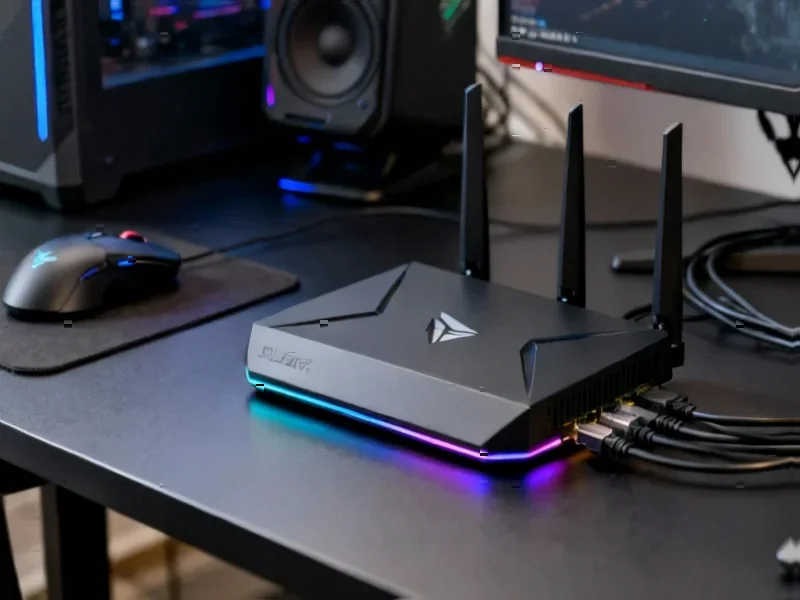According to KitGuru.net, Nvidia is rolling out DLSS 4 with Multi Frame Generation for Final Fantasy VII Rebirth on November 5, alongside upgrades to DLSS Frame Generation and the newest transformer-based DLSS model. The RPG originally launched with basic DLSS support earlier this year, but this November 5 update promises significantly smoother performance and improved image quality. Deathground is available now with DLSS 4, Frame Generation, DLSS, and DLAA, while The Last Caretaker enters Early Access on November 6 with DLSS 4, Frame Generation, and DLSS enabled from day one. Paradox’s Europa Universalis V launches today with DLSS support, and arcade racer Wreckreation is also out now with DLSS. Anno 117: Pax Romana arrives on November 13 with DLSS enabled for GeForce RTX users. Nvidia has released new GeForce Game Ready Drivers to prepare for Call of Duty: Black Ops 7, Anno 117: Pax Romana, and Europa Universalis V, available through the Nvidia driver page or Nvidia App.
Nvidia’s DLSS domination continues
Here’s the thing about Nvidia’s strategy: they’re not just selling hardware anymore. They’re building an ecosystem where their software features become the reason you buy their cards. DLSS 4 is basically their latest weapon in the ongoing graphics card wars. And honestly? It’s working.
Think about it – when major titles like Final Fantasy VII Rebirth get these substantial DLSS updates, it makes the RTX platform more valuable over time. That’s huge for customer retention. Meanwhile, AMD’s FSR technology is playing catch-up, and Intel’s Arc cards are still trying to establish themselves in this space. Nvidia keeps adding value through software while their competitors are mostly competing on price.
What this means for gamers
So should you rush to update your drivers? If you’re playing any of these new games, absolutely. The performance gains from DLSS 4 and Frame Generation can be dramatic, especially if you’re running older RTX cards. But here’s the real question: when does this become less about genuine improvement and more about planned obsolescence?
I’ve noticed Nvidia is getting increasingly aggressive with these Game Ready driver updates. They’re basically conditioning gamers to expect regular performance boosts through software. That’s great for keeping the community engaged, but it also means your hardware’s value is increasingly tied to Nvidia’s update schedule. The Patreon support page for various tech creators shows how invested the community is in tracking these developments.
Look, the bottom line is simple: Nvidia understands that software sells hardware. These constant DLSS expansions and driver updates aren’t just about better gaming – they’re about maintaining market dominance. And right now, nobody’s even close to challenging that position.




